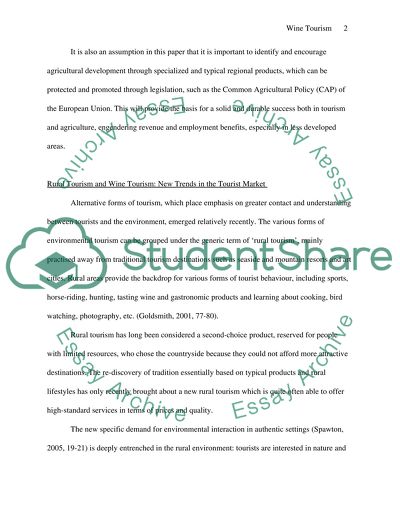Cite this document
(“Wine tourism Essay Example | Topics and Well Written Essays - 3000 words”, n.d.)
Retrieved from https://studentshare.org/tourism/1511078-wine-tourism
Retrieved from https://studentshare.org/tourism/1511078-wine-tourism
(Wine Tourism Essay Example | Topics and Well Written Essays - 3000 Words)
https://studentshare.org/tourism/1511078-wine-tourism.
https://studentshare.org/tourism/1511078-wine-tourism.
“Wine Tourism Essay Example | Topics and Well Written Essays - 3000 Words”, n.d. https://studentshare.org/tourism/1511078-wine-tourism.


